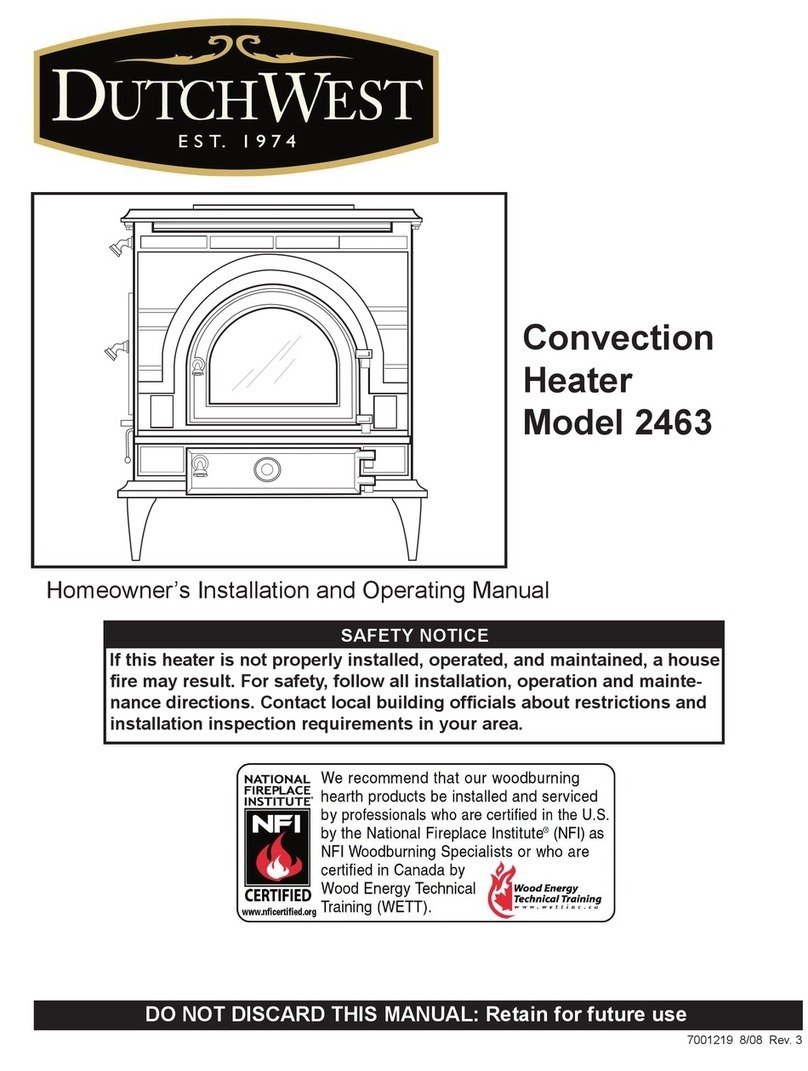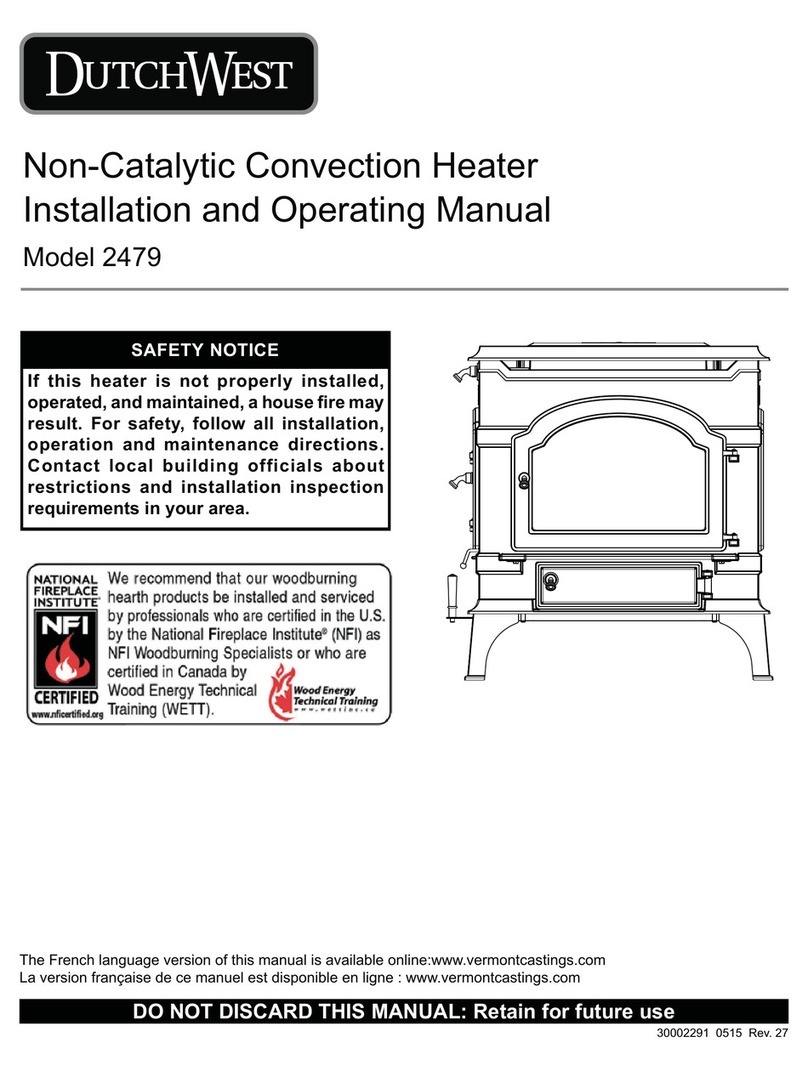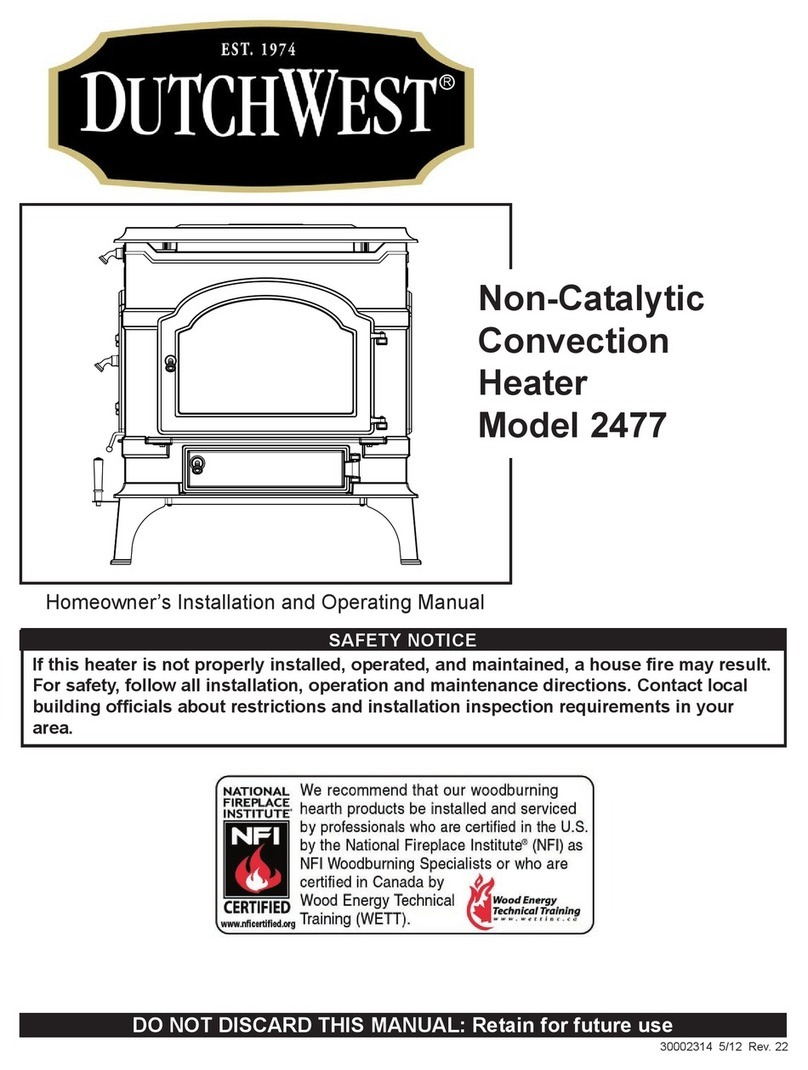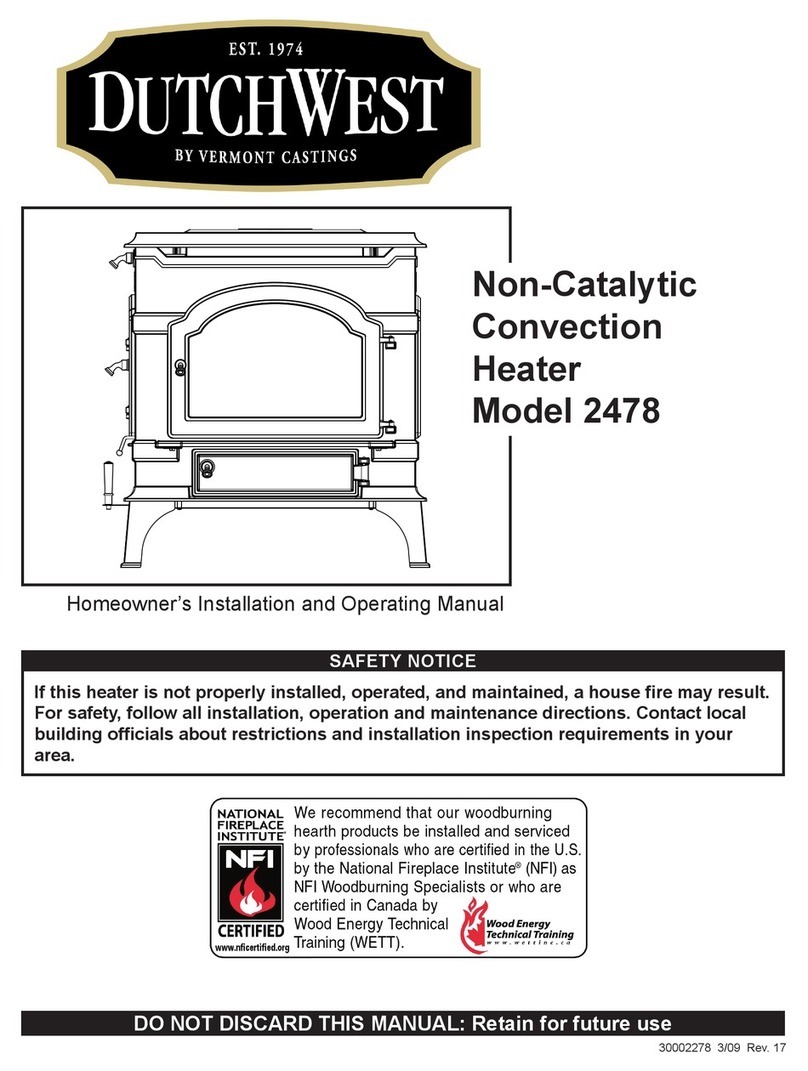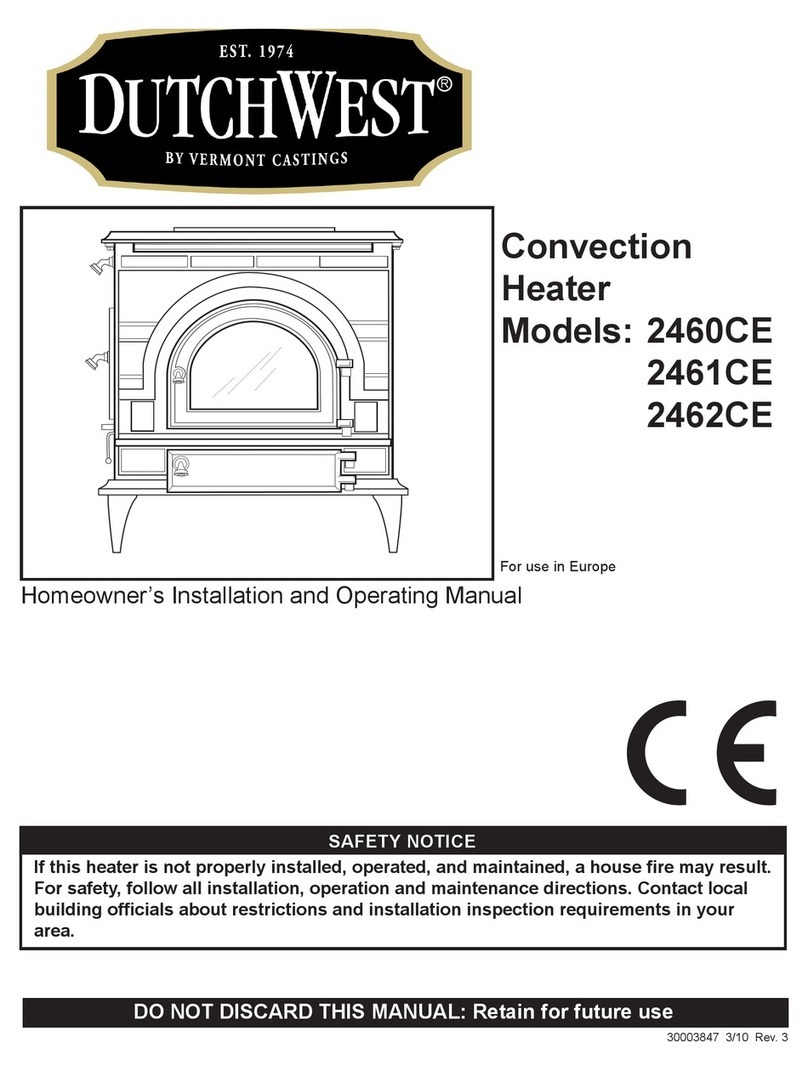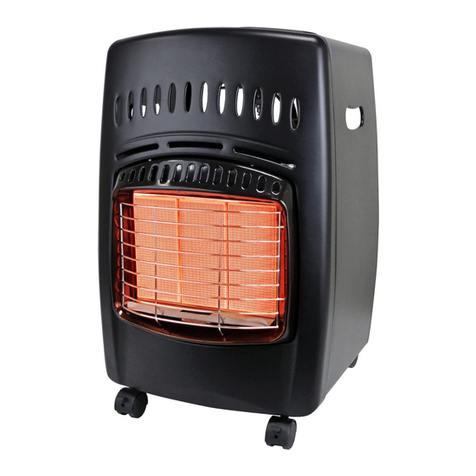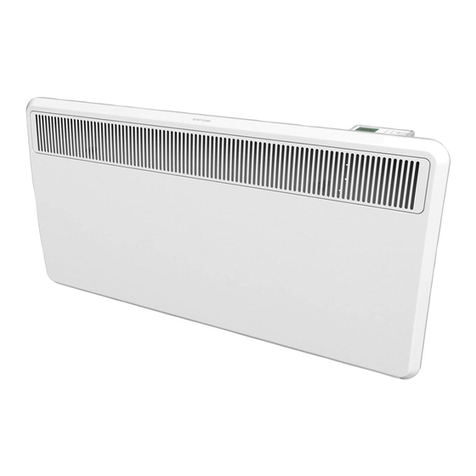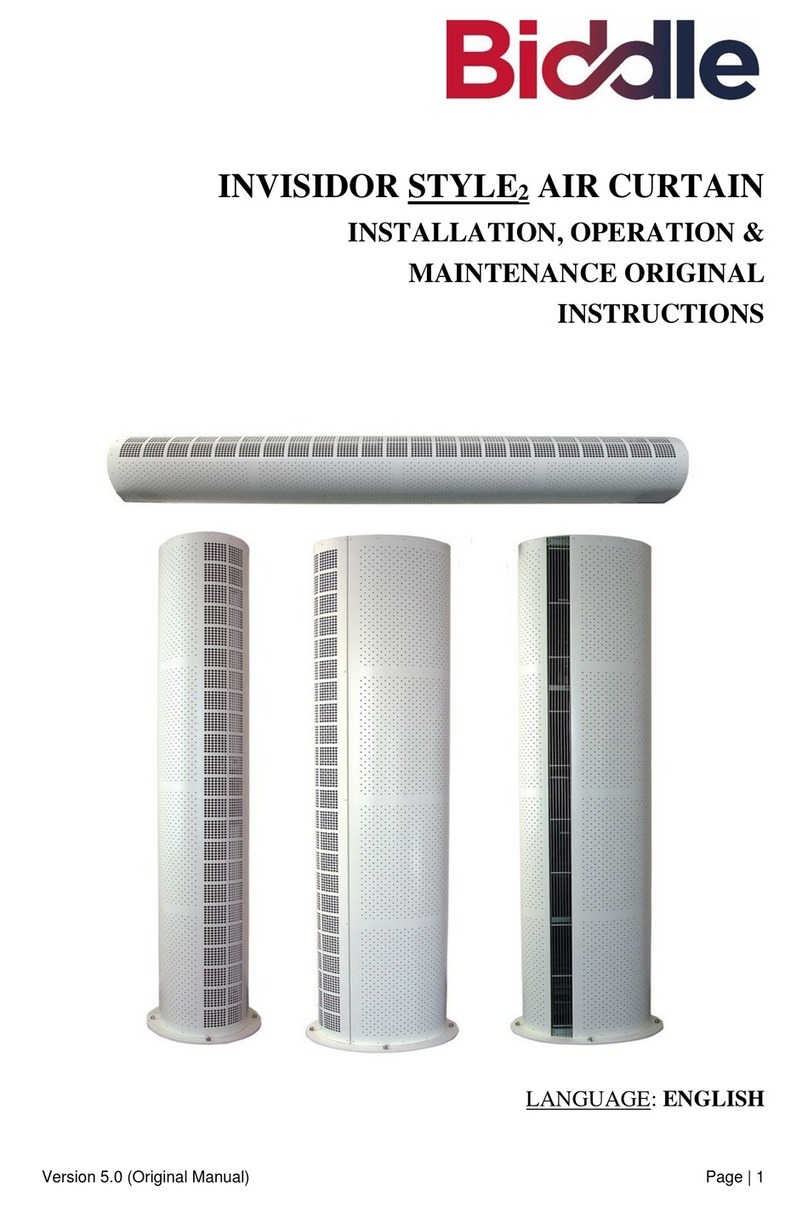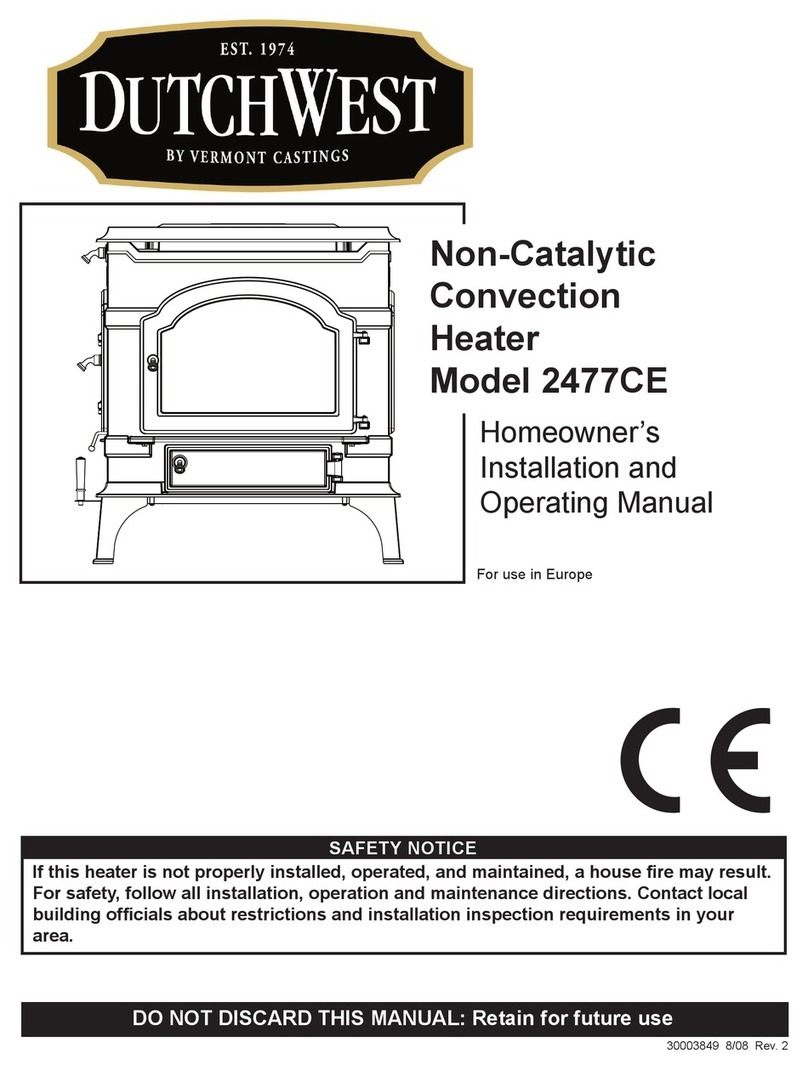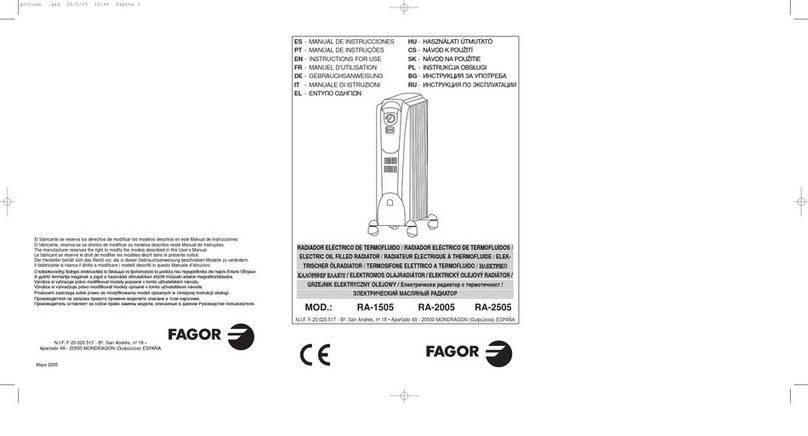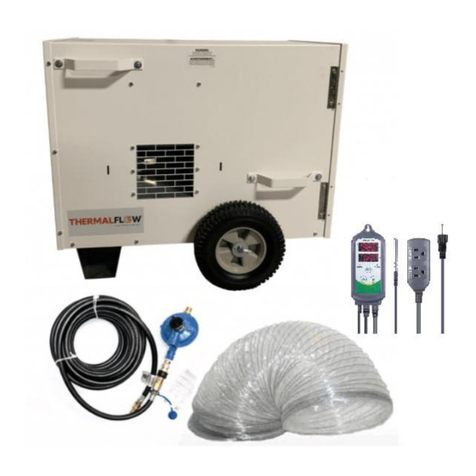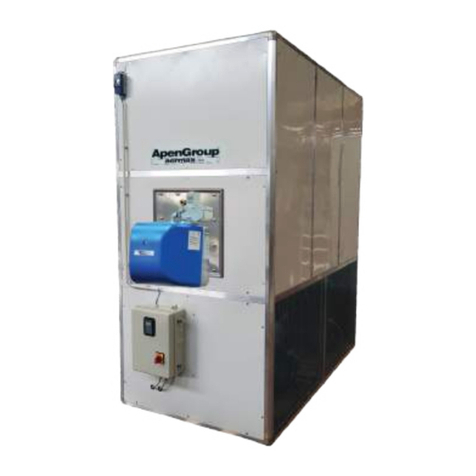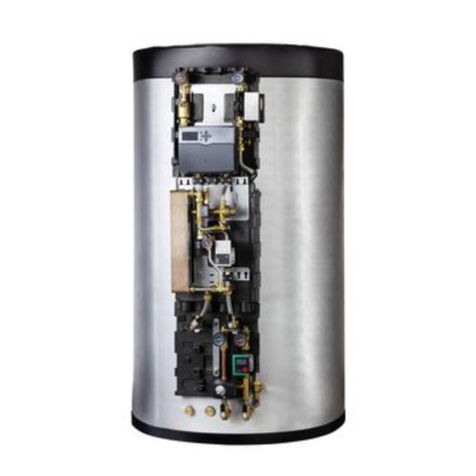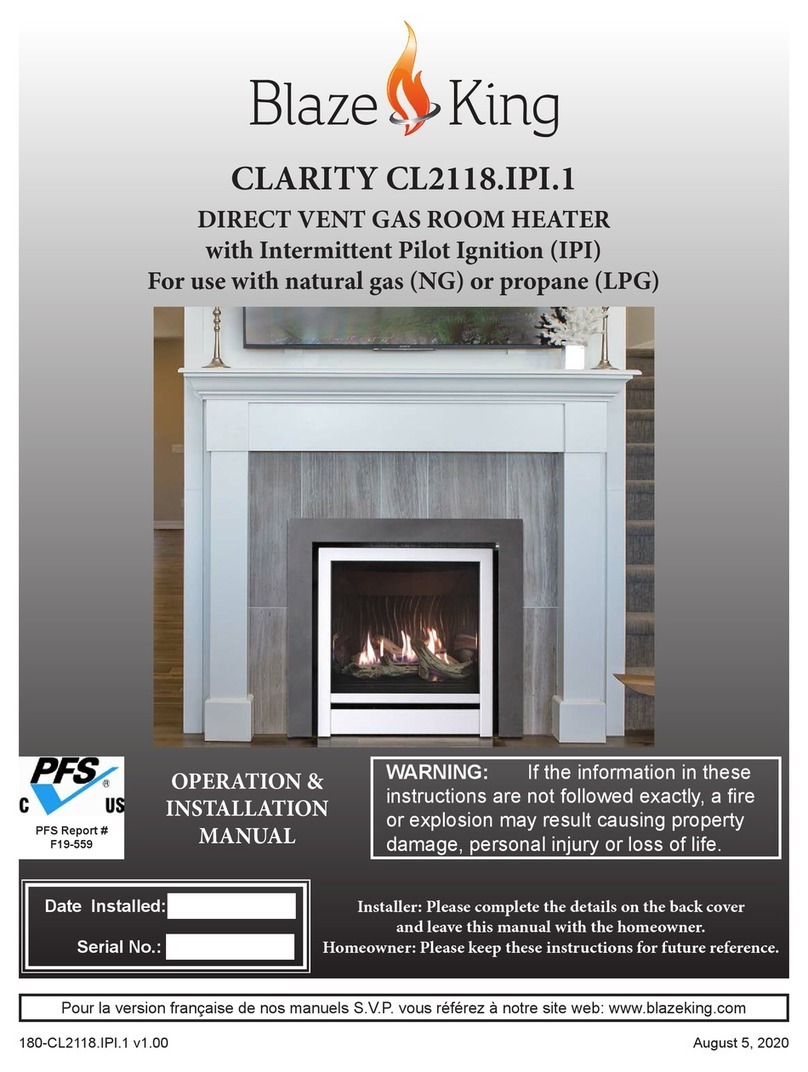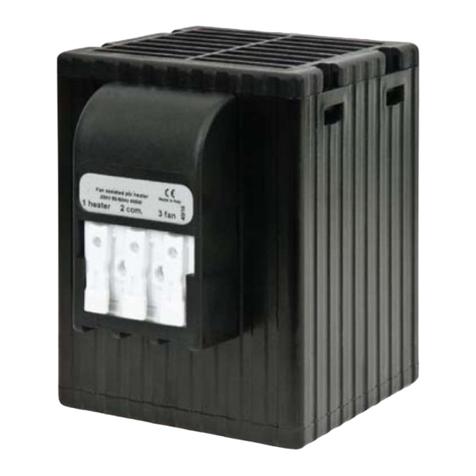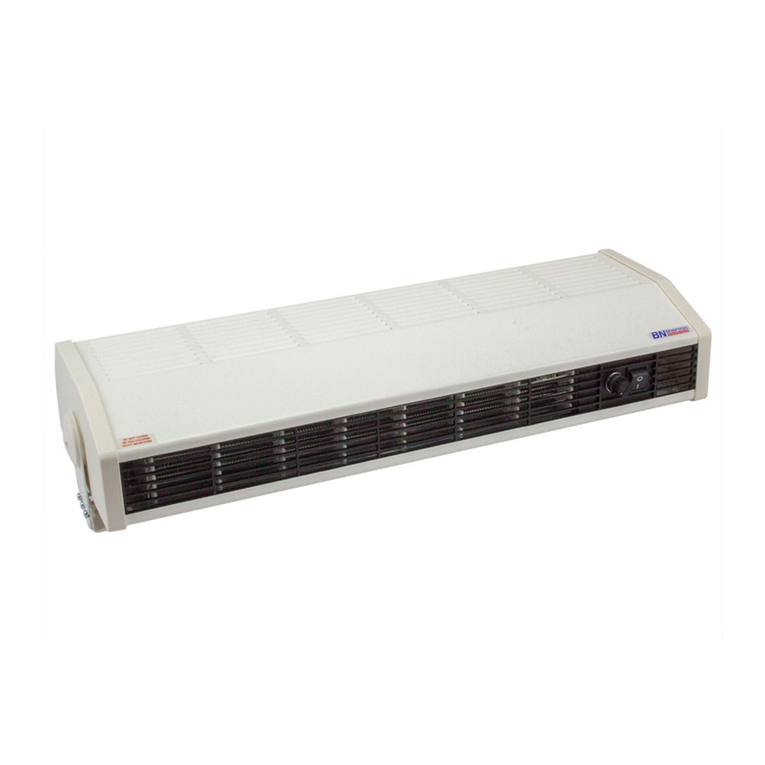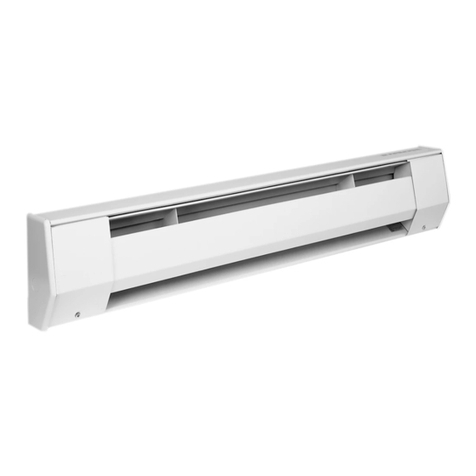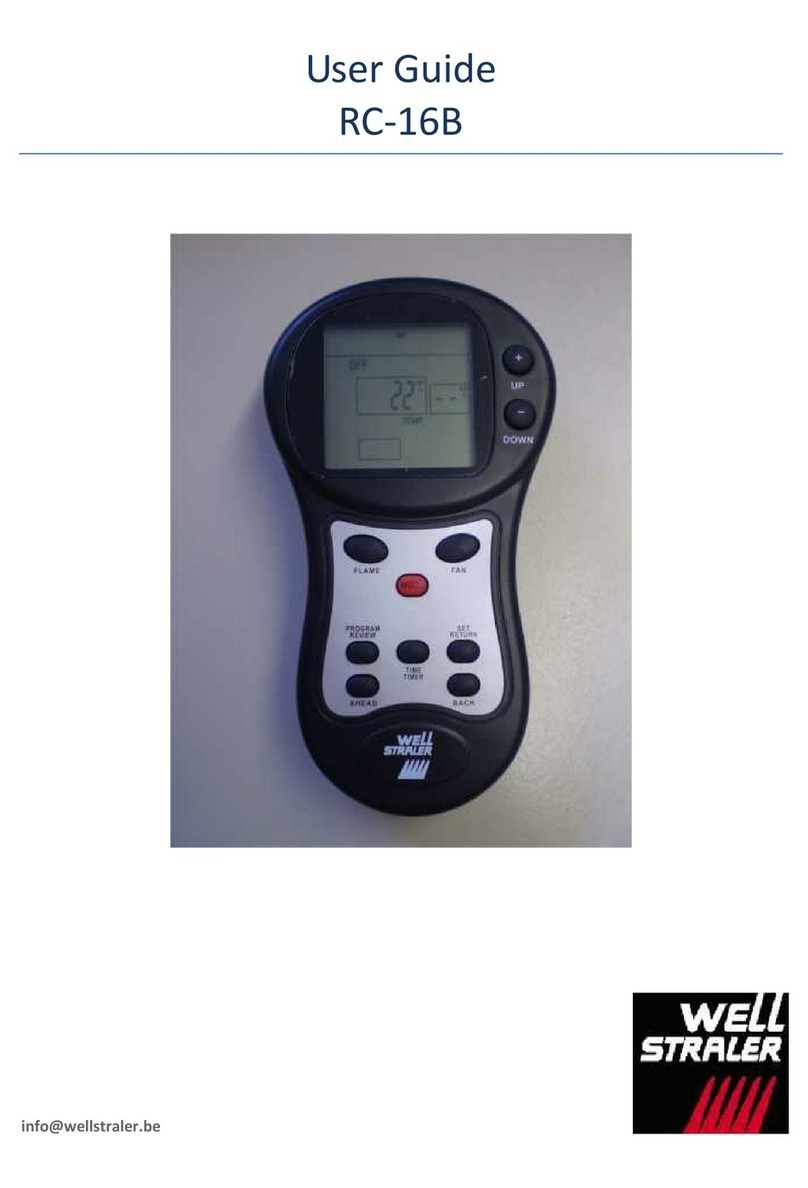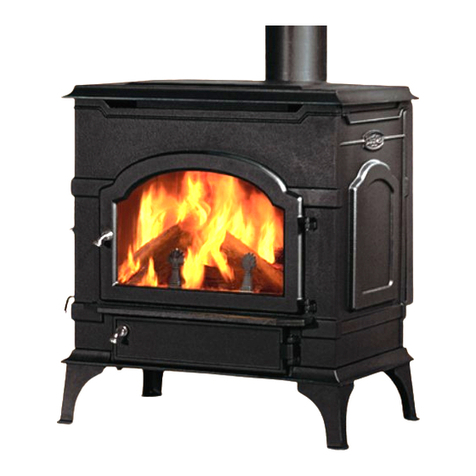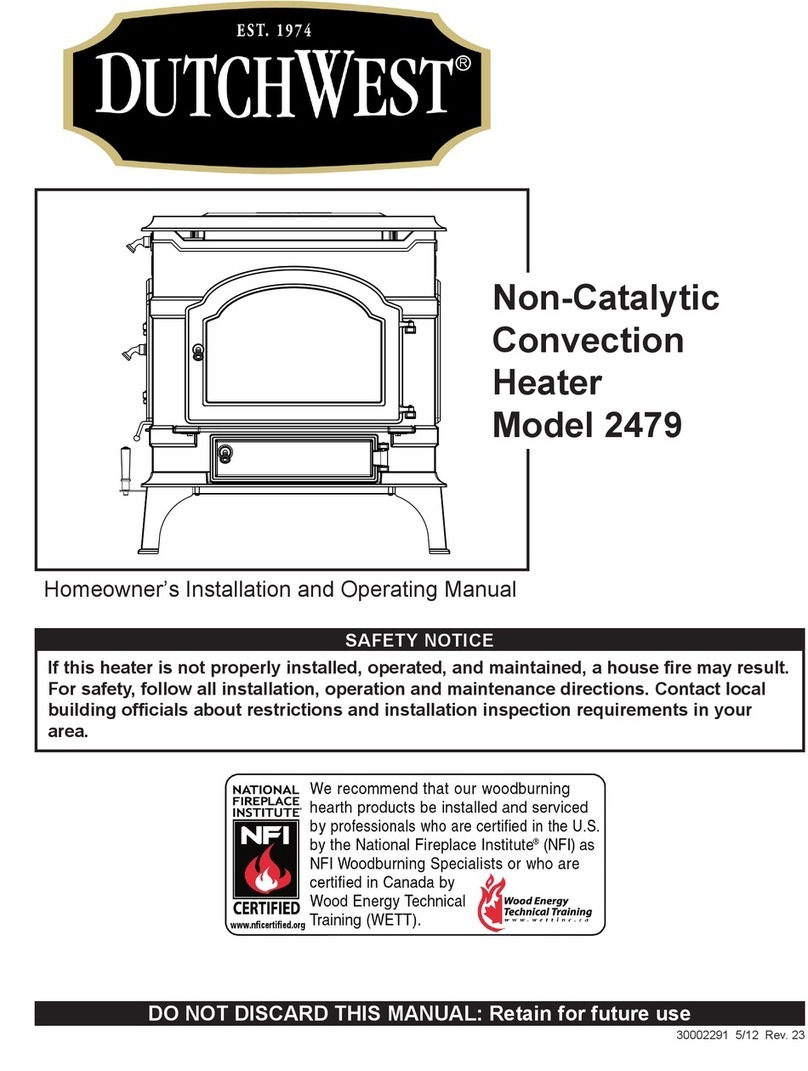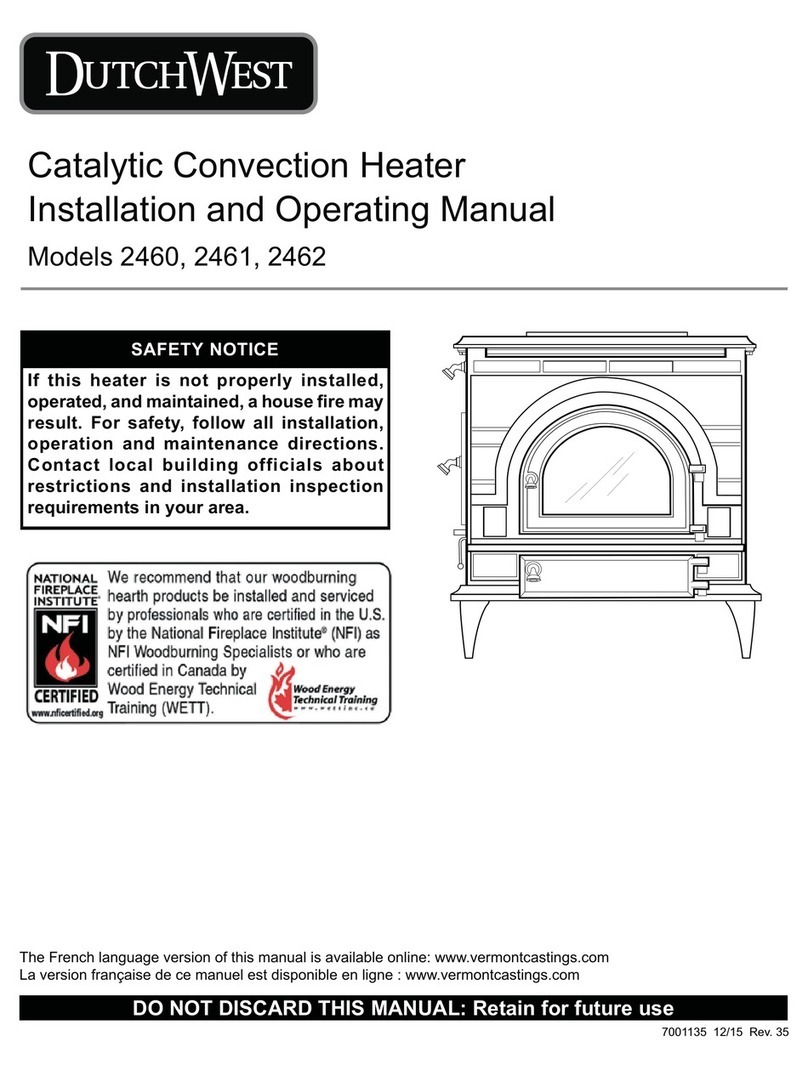
10
Dutchwest®
7001135
Fireplace Installation Clearances
A replace installation requires special clearance between
the:
• Side of the stove and the right and left walls
• Side of the stove and the decorative side trim on the
replace face
• Top of the stove and the mantel
In addition, both Fireplace Adaptor and Fireplace Insert
installations have special oor protection requirements that
are addressed in the section on Floor Protection.
S
M
M
T
ST426
fireplace
clearances
Model: 2460 2461 2462
Side Walls (S) 20" (510mm) 24" (610mm) 23" (580mm)
Trim (T) 12" (300mm) 12" (300mm) 12" (300mm)
Mantel (M) 20" (510mm) 20" (510mm) 20" (510mm)
ST426
Fig. 15 Minimum clearances for replace installation. Recom-
mended clearances must be maintained between stove and the
surrounding combustible components.
Many raised hearths will extend less than the required
distance from the front of the heater when it is installed.
In such cases, sufcient oor protection, as described
above, must be added to extend the hearth 16" (406 mm)
[18" (457 mm) in Canada].
Hearth rugs do not satisfy the requirements for oor pro-
tection.
Fireplace insert installations also have specic clearance
requirements to the side walls, side decorative trim, and
replace mantel. This information is found in “Fireplace
Installation Clearances” in this section.
REMINDER- FIREPLACE INSERT INSTALLATIONS
WITHOUT LEGS ARE PERMISSIBLE ONLY IF THE
HEARTH IS COMPLETELY NONCOMBUSTIBLE, SUCH
AS UNPAINTED CONCRETE OVER EARTH.
Keep the Stove a Safe Distance
From Surrounding Materials
Both a stove and its chimney connector radiate heat in all
directions when operating. A safe installation requires that
adequate clearance be maintained between the stove and
nearby combustible materials to ensure that such materials
do not overheat.
Clearance is the distance between either your stove or
chimney connector, and nearby walls, oors, the ceiling,
and any other xed combustible surface. Keep furnishings
and other combustible materials away from the stove as
well. In general, a distance of 48" (1220 mm) must be main-
tained between the stove and moveable combustible items
such as drying clothes, furniture, newspapers, rewood,
etc. Keeping those clearance areas empty assures that
nearby surfaces and objects will not overheat.
Safe Ways To Reduce Clearances
Your stove has specic clearance requirements that have
been established through careful research and testing to
UL and ULC standards.
Clearance requirements have been established to meet
every installation possibility, and they involve the combina-
tion of basic variables:
• When the stove has no listed heat shield
• When the stove has a listed heat shield
• When the wall has no heat shield
• When the wall has a heat shield
• When the stove has a double-wall chimney connector.
• When the stove has a single-wall connector wit heat
shields, or without heat shields.
In general, the greatest clearance is required when you
locate a stove with no heat shield near a wall with no heat
shield. The least clearance is required when both the
stove and the wall have heat shields. Reducing a stove
clearance may require a listed heat shield on the chimney
connector as well, or a double-wall connector.
Clearances may be reduced only by means approved
by the regulatory authority and in accordance with the
clearances listed in this manual. The charts and sample
installations that follow list all the clearances required for
the various installation congurations of Dutchwest Con-
vection Heaters.
Fig. 14 Extra oor protection may be required for the replace
hearth, even if your stove is installed with the legs and the bot-
tom heat shield.
ST424
dutchwest
on hearth
6/00
ST424

